The Bosco Verticale (Vertical Forest) is a complex of two residential skyscrapers designed by Boeri Studio (Stefano Boeri, Gianandrea Barreca, and Giovanni La Varra) and located in the Porta Nuova district of Milan, Italy. They have a height of 116 metres (381 ft) and 84 m (276 ft) and within the complex is an 11-storey office building.
The distinctive feature of the skyscrapers, both inaugurated in 2014, is the presence of over ninety plant species, including tall shrubs and trees, distributed on the facades. It is an ambitious project of metropolitan reforestation that aims to increase the biodiversity of plant and animal species in the Lombard capital through vertical greening, reducing urban sprawl and contributing to the mitigation of the microclimate.
The Bosco Verticale has received recognition in the architectural community, winning numerous awards. In addition to the International Highrise Award in 2014, it was acknowl...Read more
The Bosco Verticale (Vertical Forest) is a complex of two residential skyscrapers designed by Boeri Studio (Stefano Boeri, Gianandrea Barreca, and Giovanni La Varra) and located in the Porta Nuova district of Milan, Italy. They have a height of 116 metres (381 ft) and 84 m (276 ft) and within the complex is an 11-storey office building.
The distinctive feature of the skyscrapers, both inaugurated in 2014, is the presence of over ninety plant species, including tall shrubs and trees, distributed on the facades. It is an ambitious project of metropolitan reforestation that aims to increase the biodiversity of plant and animal species in the Lombard capital through vertical greening, reducing urban sprawl and contributing to the mitigation of the microclimate.
The Bosco Verticale has received recognition in the architectural community, winning numerous awards. In addition to the International Highrise Award in 2014, it was acknowledged by the Council on Tall Buildings and Urban Habitat as the "most beautiful and innovative skyscraper in the world" in 2015 and as one of the "fifty most iconic skyscrapers in the world" in 2019. The prototype of the Milanese project will be replicated in other cities.
 Stefano Boeri, designer of the Bosco Verticale
Stefano Boeri, designer of the Bosco VerticaleA house for trees inhabited by humans
Boeri conceived the idea of constructing a skyscraper covered in trees in April 2007 while he was the director of Domus. During a visit to the metropolis of Dubai in the United Arab Emirates, the architect had the impression of being in a "mineral city, made up of dozens of new towers and skyscrapers, all clad in glass or ceramics or metal, all reflecting sunlight and therefore generating heat in the air and especially on the ground inhabited by pedestrians." His aversion to these steel and glass mineral cities grew when the Spanish architect Alejandro Zaera published research showing that 94% of tall buildings constructed after 2000 were covered in glass.[1] These factors prompted Boeri to design "two towers clad not in glass, but in leaves [...] of plants, shrubs, [...] trees, [...] of life," promising at the same time a reduction in energy consumption through the action of the vegetal screen.
In this regard, the Bosco Verticale is capable of hosting wind generators on the roof and photovoltaic systems along the facades to reduce energy consumption. For further details, see.[2] According to Boeri, the building was inspired by Italo Calvino's 1957 novel The Baron in the Trees, in which the protagonist decides to abandon the ground and live in the trees for the rest of his life.[3] The project was named Bosco Verticale, or in English "Vertical Forest", because together the towers have 800 trees, 5,000 shrubs and 1,500 perennial plants, which help mitigate smog and produce oxygen. These tree-packed high-rises help cities built for density, adding more housing and infrastructure, while improving the air quality. Trees and plants are the most efficient and cost effective way to absorb carbon dioxide. The 20,000 trees and perennial plants in the buildings convert approximately 44,000 pounds (20,000 kg) of carbon each year.[4] With more than 90 species, the buildings' biodiversity is expected to attract new bird and insect species to the city. It is also used to moderate temperatures in the buildings in the winter and summer, by shading the interiors from the sun and blocking harsh winds. The vegetation also protects the interior spaces from noise pollution and dust from street-level traffic. Boeri's proposal was first formalized with the publication of an article in an Italian newspaper titled "Milan Will Be the Birthplace of the First Biological and Sustainable Tower,"[5] and then with the drafting of a "Manifesto of the Bosco Verticale" to promote vibrant and sustainable architecture.[6] These premises were considered sufficient by Hines, a multinational real estate company that was leading a large-scale urban and architectural redevelopment project in the Porta Nuova district of Milan, known as the Porta Nuova Project.
Originally, the area where the Bosco Verticale now stands was occupied by the railway tracks of the old Milano Porta Nuova station; with the inauguration of the current Milano Centrale station in 1931, the old station was closed and then moved back in 1961, forming the current Milano Porta Garibaldi station. The resulting empty space, known as "Varesine," became a real wound in the urban fabric, with the area gradually becoming more isolated due to "fragmentation of ownership and a lack of unified will for the revival of this area of Milan." For more information, see:[7]
Construction The Bosco Verticale under construction in 2011
The Bosco Verticale under construction in 2011 Towers with trees planted (center)
Towers with trees planted (center)Construction of the Bosco Verticale began in the autumn of 2009,[8] employing around six thousand onsite construction workers.[9] Between mid-2010 and early 2011, construction progressed very slowly and the towers rose by only five floors while the core rose to the seventh floor. Construction progressed throughout 2011, and by the beginning of 2012 the structures were completed, and construction of the façades and installation of the plants began on 13 June 2012. On 11 April 2012, one of the buildings was used as a temporary art gallery and opened to the public for an art exhibition hosted during Milan Fashion Week.[10] On April 22, 2013, the South Tyrolean company ZH, which had been entrusted with the construction of the two towers, declared bankruptcy due to the ongoing economic crisis. After assessing the "state of the works, the development of construction projects, the issuance of orders for the supply of materials, and logistical arrangements,"[11] the company was promptly replaced by Colombo Costruzioni, which restarted construction in May of the same year.[12]
 Towers prior to tree planting (right edge of photo)
Towers prior to tree planting (right edge of photo)The design was tested in a wind tunnel to ensure the trees would not topple from gusts of wind. Botanists and horticulturalists were consulted by the engineering team to ensure that the structure could bear the load imposed by the plants. The steel-reinforced concrete balconies are designed to be 28 cm (11 in) thick, with 1.3 m (4 ft 3 in) parapets. Bosco Verticale is the first model of urban densification of nature in a city and Boeri plans to build similar structures in Switzerland, the Netherlands (one is already under construction in Eindhoven and soon also in Utrecht), and multiple cities in China.[citation needed]
The Bosco Verticale, completed in the autumn of 2014, was finally inaugurated and presented to the public on October 10 of the same year.[8] Despite sporadic criticisms, it received extensive attention, as evidenced by the numerous awards it received and the significant amount of scientific research, study actions, and documentaries dedicated to it.[13]
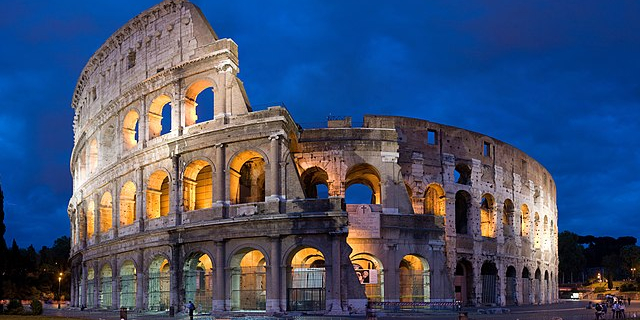

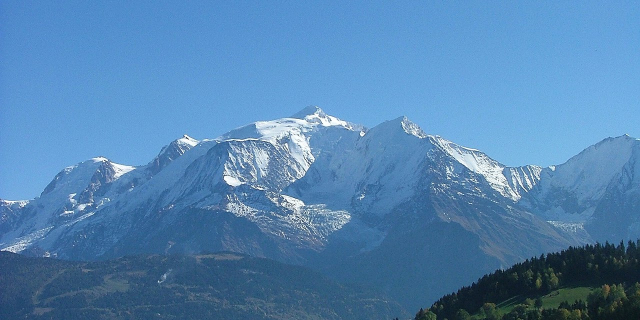

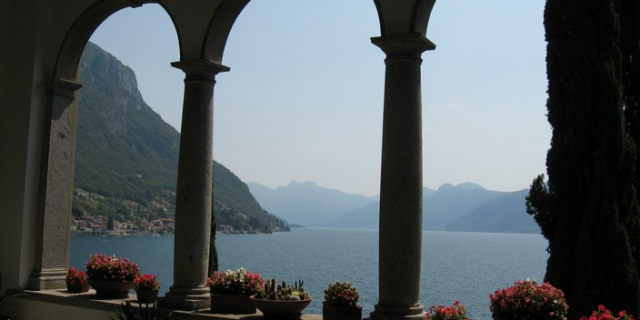
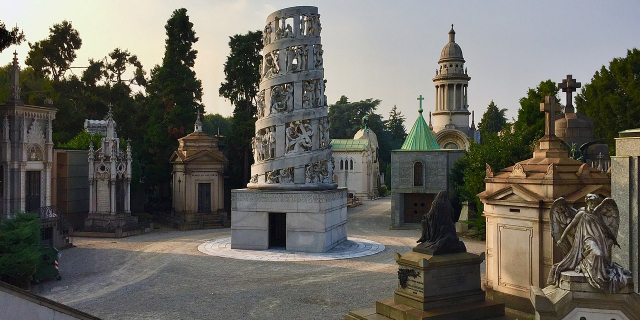



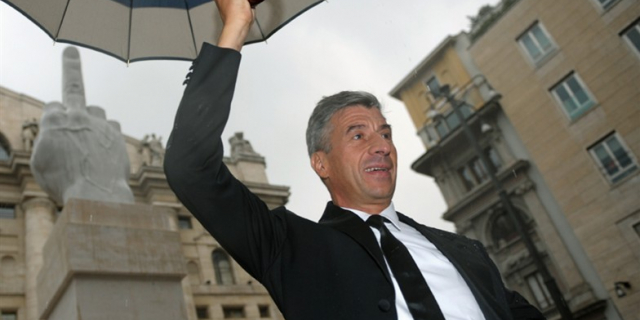




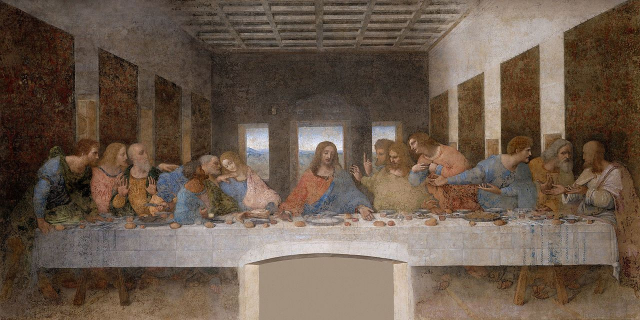




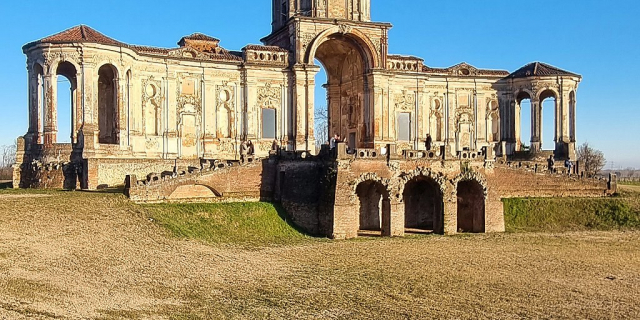





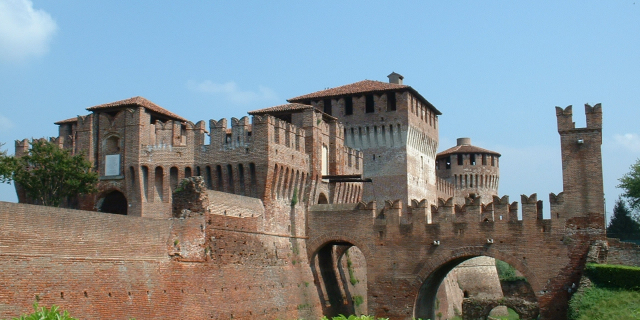
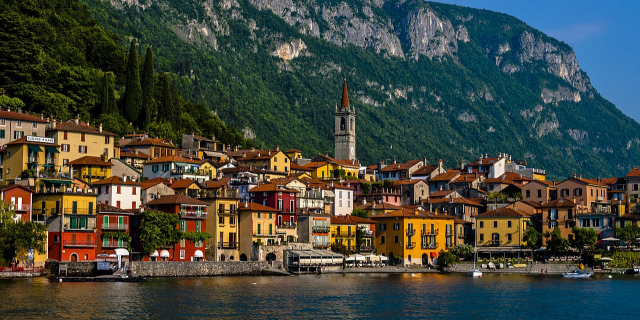




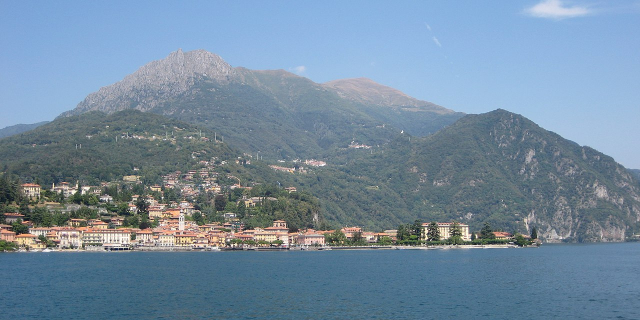
Add new comment